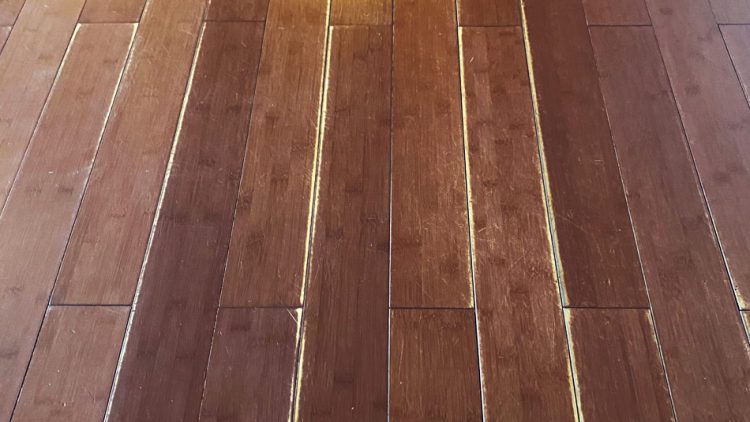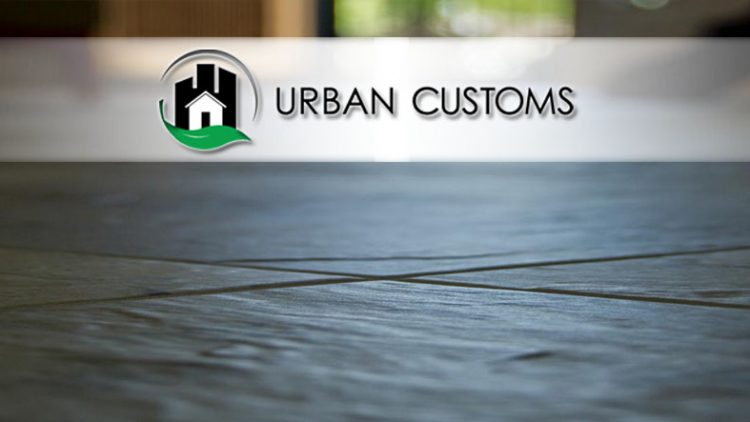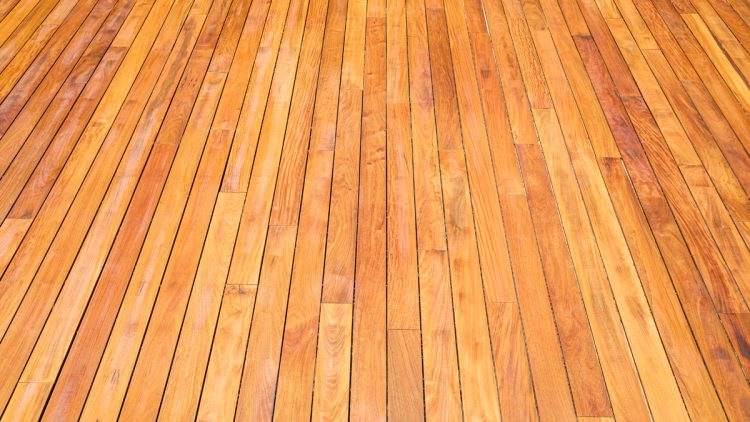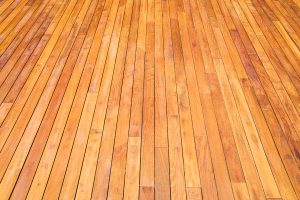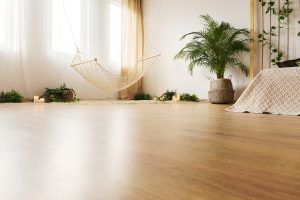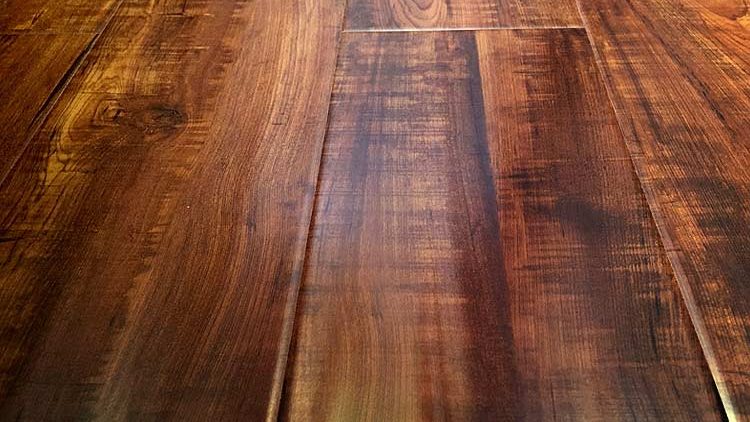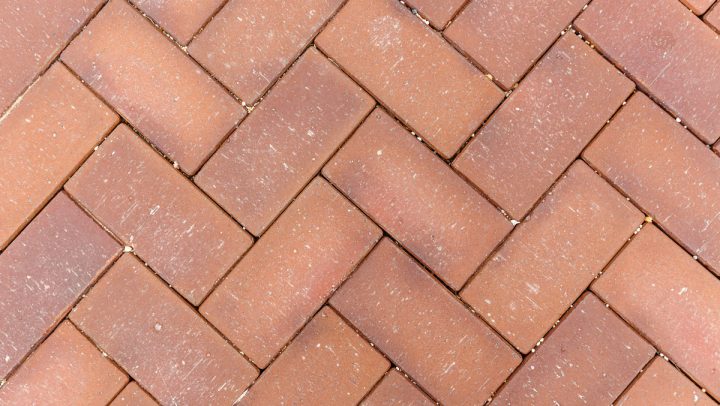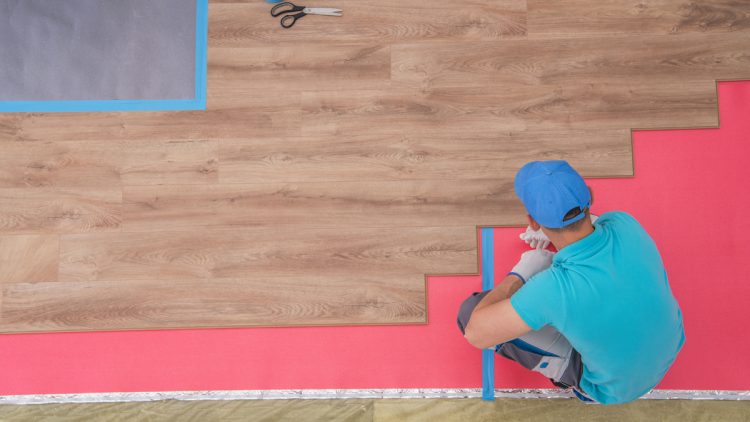2025 Hardwood Floor Costs
The cost of installing hardwood flooring in 2025 varies based on factors such as material type, labor, and regional pricing. Here’s a detailed breakdown:
Average Total Cost:
- Per Square Foot: The national average for hardwood floor installation ranges from $7 to $25 per square foot, including both materials and labor.
Material Costs:
- Solid Hardwood: Materials alone cost between $4 to $15 per square foot, depending on the wood species and plank size.
- Engineered Hardwood: Typically ranges from $4 to $12 per square foot for materials.
Labor Costs:
- Installation: Professional installation fees generally range from $4 to $8 per square foot, influenced by project complexity and regional labor rates.
Additional Considerations:
- Wood Species: Common choices like red oak are more affordable, while exotic woods are pricier.
- Project Complexity: Intricate patterns or designs can increase labor costs due to the additional time and skill required.
- Geographic Location: Regional variations can affect both material and labor costs.
Hardwood floors are known for their exceptional durability, but their lifespan depends on factors such as the type of wood, finish, and maintenance. Here’s a breakdown of how durable hardwood floors are:
1. Lifespan of Hardwood Floors
- Solid Hardwood: Can last 50–100 years with proper care.
- Engineered Hardwood: Typically lasts 20–40 years due to its thinner wear layer.
- Refinishing Potential: Solid hardwood can be sanded and refinished multiple times, extending its lifespan significantly. Engineered hardwood can only be refinished once or twice, depending on its top veneer thickness.
2. Hardness & Scratch Resistance (Janka Hardness Scale)
The Janka Hardness Scale measures how resistant wood is to dents and wear:
- Soft Woods (Less Durable): Pine (~420 lbf), Cherry (~950 lbf)
- Medium Hardwoods: Oak (~1,290 lbf), Maple (~1,450 lbf)
- Hard & Durable Woods: Hickory (~1,820 lbf), Brazilian Walnut (~3,680 lbf)
Harder woods resist dents better but may be more challenging to install and refinish.
3. Resistance to Wear & Tear
- Scratches & Dents: High-traffic areas can show signs of wear, especially with softer wood species. Using rugs, felt pads on furniture, and regular maintenance helps minimize damage.
- Moisture & Water Damage: Hardwood is not waterproof and can warp or swell if exposed to standing water. Engineered hardwood has better moisture resistance.
- Sunlight Exposure: Some hardwoods (like cherry and walnut) darken over time due to UV exposure, while others (like maple) may fade. Using curtains or UV-protective finishes helps.
4. Best Hardwood Flooring for Durability
- For High Traffic Areas: Hickory, White Oak, or Maple (high hardness rating).
- For Pet Owners: Engineered hardwood with a tough finish (aluminum oxide coatings).
- For Moisture-Prone Areas: Engineered hardwood over solid wood.
5. How to Maximize Hardwood Durability
✅ Use hardwood-friendly cleaners (avoid excess water).
✅ Place area rugs in high-traffic areas.
✅ Apply furniture pads to prevent dents.
✅ Maintain proper indoor humidity levels (30–50%).
✅ Refinish floors when the finish starts to wear.
Most Durable Hardwood Flooring Options
If you’re looking for the most durable hardwood floors, consider these top-performing wood species and finish options based on hardness, scratch resistance, and longevity.
1. Best Hardwood Species for Durability
These woods have high Janka hardness ratings, meaning they resist dents and wear better than softer species like pine or cherry.
💪 Extremely Durable (Great for High-Traffic & Pets)
- Brazilian Walnut (Ipe) – 3,680 lbf 🔥 Highly resistant to scratches, moisture, and pests.
- Brazilian Cherry (Jatoba) – 2,820 lbf 🌟 Rich color, very hard but may darken over time.
- Hickory – 1,820 lbf ✅ One of the hardest domestic woods, great for busy households.
- Maple – 1,450 lbf 🏡 Tough and scratch-resistant, used in basketball courts.
👍 Very Durable (Good for Most Homes)
- White Oak – 1,360 lbf 🌊 Water-resistant, popular for its versatility and classic look.
- Red Oak – 1,290 lbf 🏡 Strong, affordable, and easy to refinish over time.
- Ash – 1,320 lbf ⚡ Shock-resistant, great for high-traffic areas.
2. Best Finish for Durability
Your floor’s finish plays a huge role in preventing scratches and wear.
✅ Aluminum Oxide Finish (Best for Wear Resistance)
- Found in most pre-finished hardwood options.
- Provides superior scratch resistance (perfect for pets and kids).
- Lasts up to 25 years before needing refinishing.
✅ Oil-Based Polyurethane (Strong Protection)
- Hardens over time, offering a thick, protective coat.
- Ideal for high-traffic areas.
✅ Water-Based Polyurethane (Eco-Friendly & Durable)
- Dries faster than oil-based and doesn’t yellow over time.
- Best for light-colored woods like maple.
✅ Penetrating Oil Finish (Classic Look, Less Protection)
- Enhances natural beauty of the wood but offers less surface protection.
- Best for rustic, low-traffic areas.
3. Best Hardwood Flooring for Pets & High Traffic
Top Picks for Scratch & Stain Resistance
- Hickory (Hardest domestic wood, hides dents well).
- White Oak (High durability, natural moisture resistance).
- Engineered Hardwood with Aluminum Oxide Finish (Best for pet claws & spills).
Best for Moisture-Prone Areas (Kitchen/Basement)
- Engineered White Oak (More stable than solid wood).
- Brazilian Walnut (Naturally water-resistant).
4. Engineered vs. Solid Hardwood: Which is More Durable?
| Feature | Solid Hardwood | Engineered Hardwood |
|---|---|---|
| Lifespan | 50-100 years (refinishing possible) | 20-40 years (limited refinishing) |
| Scratch Resistance | High (depends on finish) | High (aluminum oxide finish recommended) |
| Moisture Resistance | Low (can warp if wet) | Higher (better for basements/kitchens) |
| Cost | More expensive | More affordable for high-end looks |
If durability is your top concern, engineered hardwood with a tough finish is the best option for high-traffic homes, while solid hardwood is ideal for longevity and refinishing flexibility.
Urban Customs Installs Hardwood Flooring In Phoenix, Arizona
At Urban Customs we offer all types of flooring installation in Phoenix, Arizona, including Wood flooring, stone flooring, and bamboo flooring. Request a free flooring installation quote from Urban Customs today! Our address is 8050 N 19th Ave #127, Phoenix, AZ 85021.[/vc_column_text][/vc_column][/vc_row]


